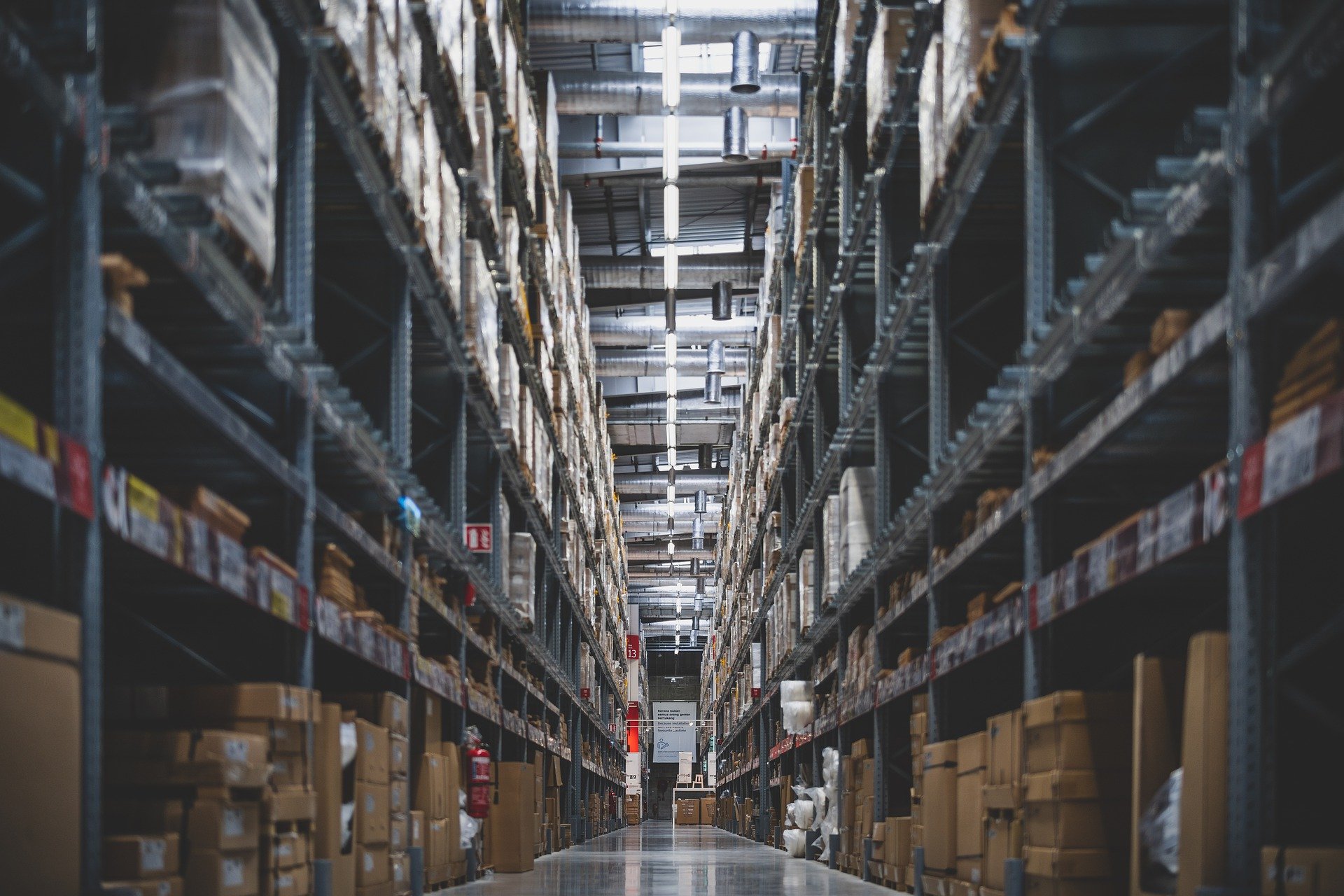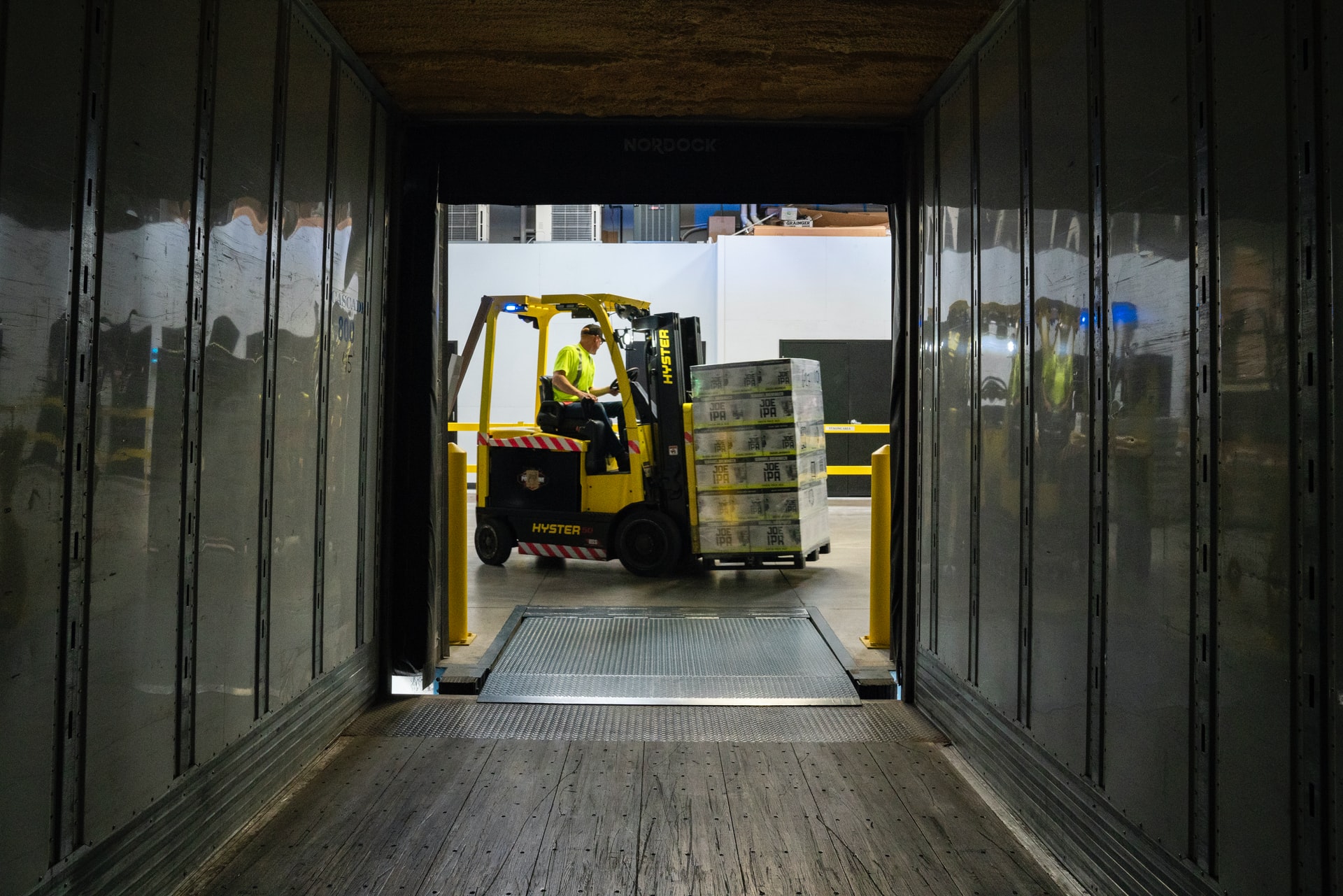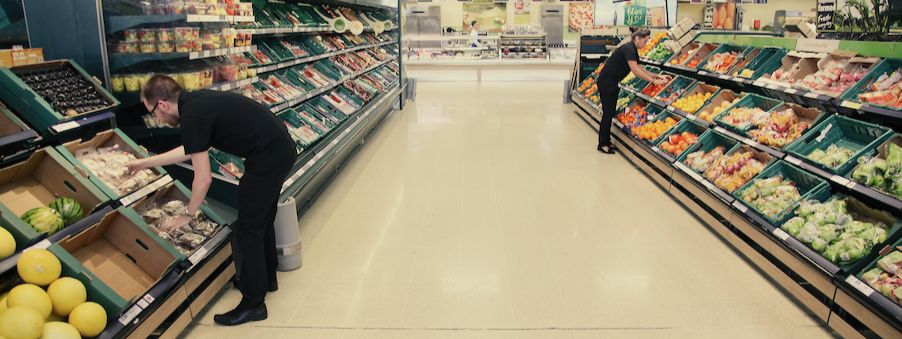Stock replenishment is an important retail practice that ensures the right products are in the best place and at the optimum quantity. Empty shelves are not a good look for any retail store, and brands can’t make a profit by selling air space. An effective stock replenishment process can have a positive impact on a retail business in terms of improving operational efficiency, reducing supply chain risk, and enhancing bottom-line profitability. It is vital to avoid running out of stock, which will have a negative impact on sales and a company’s reputation.
An effective inventory management process is built upon two key things: quality members of staff and reliable technology.
Responsibilities of a Stock Replenisher
In a retail environment, the role of a stock replenisher cannot be understated. In my opinion, they have the most important roles in the store. Without them, there would be empty shelves aplenty, and the consequences of this are serious for a store: unhappy customers who become less loyal to a brand because their needs are not met, a negative impact on sales, and most likely those lost customers will turn to a competitor instead.
A stock replenisher is responsible for stocking and maintaining shelves and displays in stores, as well as ensuring that they’re visually appealing. Their duties include moving pallets or cages of merchandise from the warehouse to the appropriate aisle or department on the shop floor, and arranging the products on shelves and display units. When placing goods on shelves, replenishment assistants are required to check best before and expiry dates on perishable food products, because inadvertently selling goods past these dates could land a store in trouble with Trading Standards. Stock that is closest to expiry is placed towards the front, whereas fresher products are placed further back.
As goods are transferred to the shelves and display units, stock replenishers remove the empty pallets, cardboard, and plastic packaging and dispose of them in accordance with their store’s procedures. This helps to keep the store safe and presentable. They also help with stock inventories and unloading incoming merchandise in the warehouse. Stock replenishers are the final cog in the supermarket supply chain before the customer makes a purchase.
Their duties can vary according to the shift they work. In certain stores, there is night shift stock replenishment when the store is closed, and the shelves can be refreshed before the start of a new business day. When stores are open, those on the day shift assist customers by answering queries regarding the prices and locations of products. So, apart from being knowledgeable about the products a store sells, stock replenishers must be approachable and friendly to shoppers in order to provide a good level of customer service which strengthens the brand.

The Tech that Makes it Possible
When it comes to stock replenishment, the right quality staff are only part of the process. They can only do their job well if the stock is available for them put on the shop floor. For this to be possible, a retail store needs a reliable stock inventory management system.
The aim of stock replenishment is to keep inventory flowing through the supply chain at a peak rate by maintaining efficient order and line-item fill rates. This process prevents costly overstocking, while also ensuring that a store is not left understocked either.
Automated stock replenishment is made possible by intelligent management systems that monitor and update stock movements automatically, without the need for manual intervention. They allow for significant time savings and reduces the risk of human error. When a customer purchases a product, whether in-store or online, it is scanned at the checkout or by an online order picker with a handheld scanner. The inventory management system tracks the total amount of units for that particular product, and once it falls below a defined, minimum level (known as the reorder point), the product is automatically ordered and will arrive on the next available merchandise delivery.
“One order management system, one database, one inventory. Without these, you will never seem seamless to your customer” – Andy Laudato, COO of the Vitamin Shoppe.
Retail’s Vital Component
Stock replenishment is a vital component of any retail operation, as it ensures the right stock items are re-ordered to satisfy customer demand. Before the break-neck advancement of technology – fuelled by the rise of the internet – over the last couple of decades, inventory management was a challenge, as retail staff had to manually track every piece of stock as it moved along the supply chain via spreadsheets, or even a paper trail. It relied heavily on human intervention, which meant more time had to be spent in the back-office ensuring that incoming deliveries brought what the store needed. It was much more time-consuming and prone to mistakes.
Nowadays, intelligent software allows for automation, meaning that store staff can concentrate solely on the physical act of refreshing shelves and displays, as well as having more time to focus on answering customer queries and delivering a better shopping experience, which in today’s competitive retail environment can be the difference between success and failure.

RMS is one of the UK and Ireland’s leading providers of merchandising and retail support services, including stock replenishment. The combination of our nationwide, skilled workforce and our unique technology, flex™, places us in an ideal position to support new and current retail partners with keeping their shelves and display units customer-ready.
